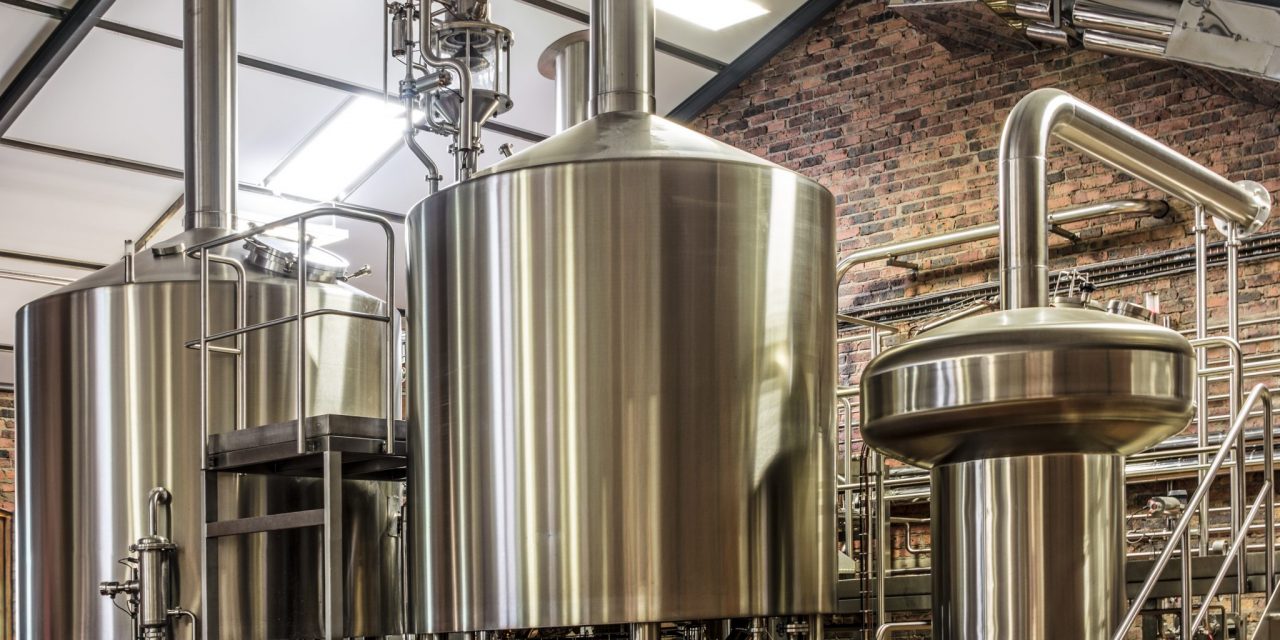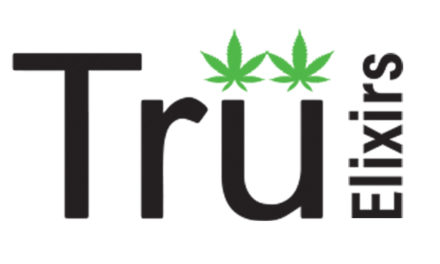In early August, it was announced that San Francisco’s historic Anchor Steam Brewery has been purchased by Sapporo. Just days later, Constellation Brands snapped up Florida’s Funky Buddha Brewing; Minnesota-based Cold Spring Brewing Company was acquired by Brynwood Partners, a Connecticut-based private equity firm with investments in a number of food and beverage companies; and a partnership led by New Belgium Brewing Group (and including Elysian Brewing co-founder Dick Cantwell, Oud Beersel, and a silent partner) took ownership of Magnolia Brewing Company as part of a bankruptcy settlement.
Of course, these aren’t the only such transactions to take place around this time, but the rapid-fire announcements and scope of craft-turning-corporate definitely gave the industry a lot to process. Ken Weaver, beer editor at All About Beer magazine and a contributor to Spirited, is philosophical: “These buyouts seem all but inevitable, given a highly competitive industry with more than 5,000 breweries in the United States alone,” he says.

Inside Beer Columnist
Tom Wilmes
“Mergers and acquisitions are one way for owners of a growing brewery to realize equity from their business and are to be expected in a maturing industry such as craft beer,” agrees Spirited’s Inside Beer columnist Tom Wilmes. “Breweries looking to expand their distribution reach might also look for strategic partnerships and acquisitions to gain access to and/or strengthen their presence in different markets.”
“Mega-conglomerates such as AB-InBev or Constellation tend to recognize it’s a wiser bet to buy an established brand with growth potential than spin the roulette wheel on developing their own,” says Weaver. “AB-InBev is setting the tone in terms of what can be done with a large stockade of previous craft brands. It’s often in the best interests of the larger players, as consumers increasingly gravitate toward local and authentic experiences, to muddy the waters as much as possible.”
To combat this confusion, the Brewers Association recently debuted a new seal to help consumers identify independent brewers. “It’s essential to maintain transparency of ownership and intent to protect the distinction between ‘craft’ and ‘beer,’” says Wilmes.
The logo features an upside down bottle, which is meant to symbolize the “spirit with which craft brewers have upended beer.” Said Brewers Association President/CEO Bob Pease in a press release, “Independent craft brewers continue to turn the beer industry on its head by putting community over corporation and beer before the bottom line. …As Big Beer acquires former craft brands, beer drinkers have become increasingly confused about which brewers remain independent. This seal is a simple way to provide that clarity—now they can know what’s been brewed small and certified independent.”

Ken Weaver, All About Beer magazine
Despite community and consumer outcry over these announcements, the reality for many of these brew businesses is trickier than merely “selling out.”
“For breweries operating at different scales, the playing field often looks vastly different,” says Weaver. “Regional-plus-sized breweries often find themselves sinking large amounts of capital into major expansions, taking on debt and/or outside investment, which can be a pretty good way to get yourself into a pickle down the road. Some older breweries are stalling out and either sinking, or tweaking their brand focus under new ownership.” (The same week these buyouts were announced, Rubicon and American River, both in Sacramento, Calif., went out of business in the face of newer, well-positioned competition.)
“Overall, the craft-beer industry remains incredibly strong,” he continues, “but the folks playing long-ball recognize that larger industry shifts beyond the beer world—toward direct-to-consumer retail, for example—suggest we’re heading toward a very, very different retail climate five or 10 years down the road. Even iffy parallels to the wine industry suggest things are just getting started.”










